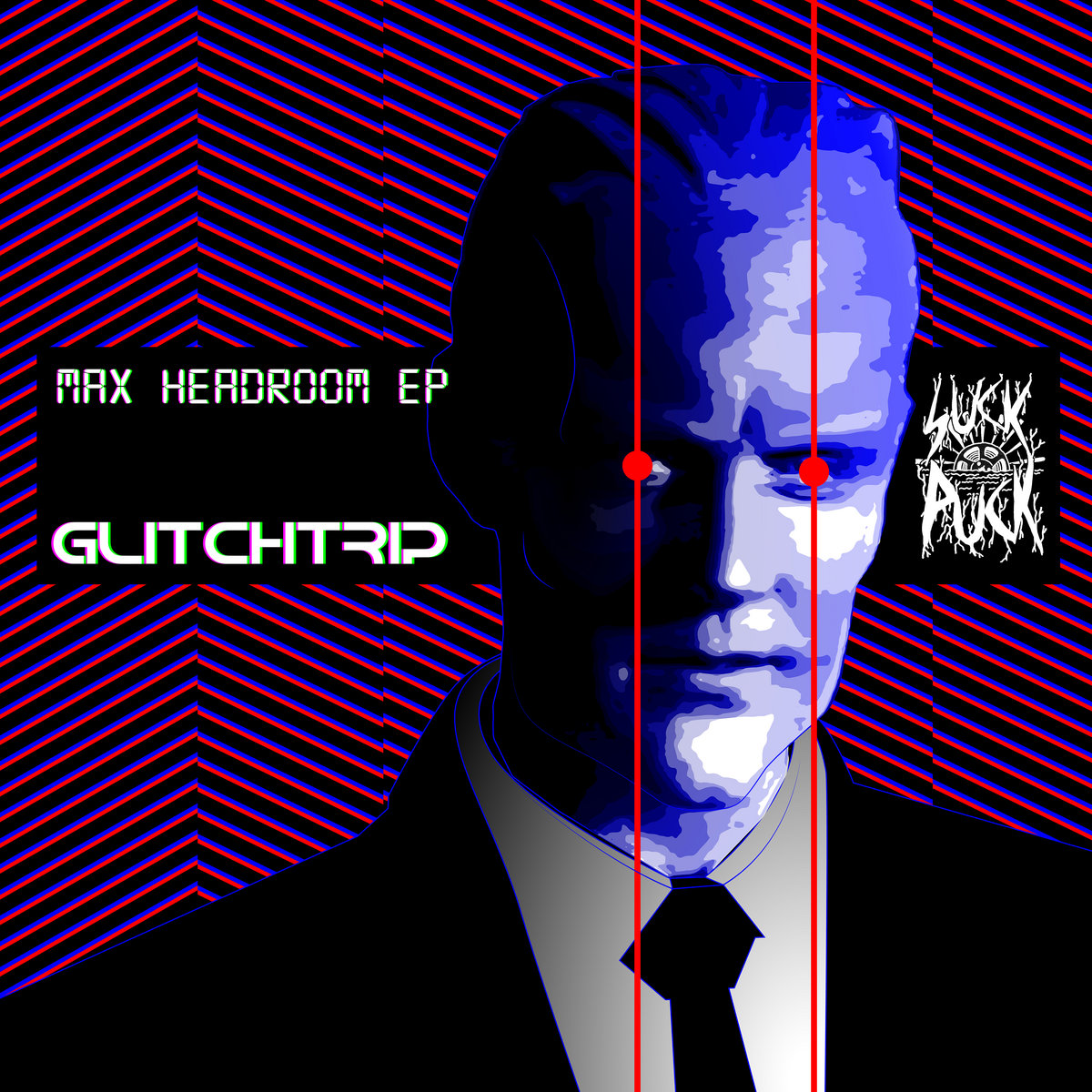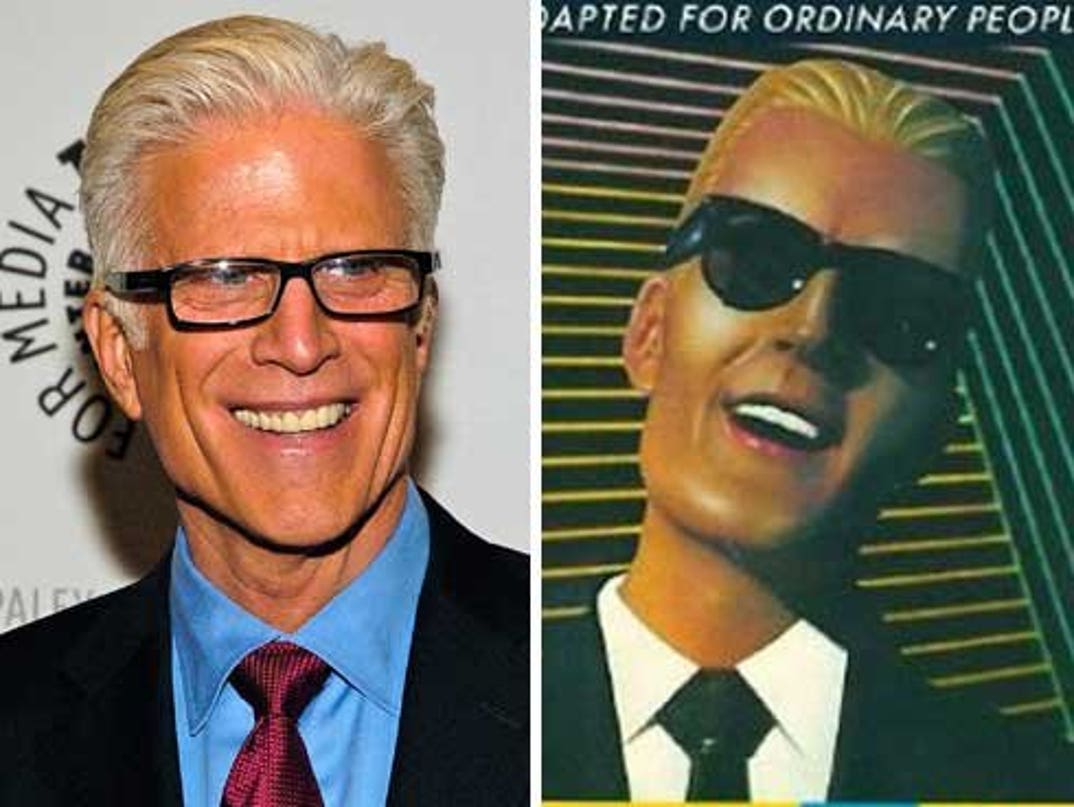

WGN’s television signal was also hijacked that same evening, during its 9 p.m. “And probably a combination of at least two of those in order to pull this off.” “It had to be a broadcast engineer, a satellite engineer, or a ham radio operator,” he said. WTTW broadcast engineer Al Skierkiewicz said they knew the culprit had to be someone with pretty sophisticated technical knowledge. The next morning, WTTW engineers tried to figure out what had happened, and how. After 90 seconds, the pirate signal disappeared on its own and “Doctor Who” returned. “And as the content got weirder we got increasingly stressed out about our inability to do anything about it,” he said. “All of a sudden we don’t have ‘Doctor Who’ on the air-we have this Max Headroom mask,” remembers WTTW air director Paul Rizzo. The staff in WTTW’s master control was frantic. Indeed, toward the end of the 90-second signal, the imposter exposed his bare bottom to an accomplice who spanked him with a fly swatter. Often, stated Roberts, they'd sneak in their subversive viewpoints without question because the overseers just didn't get the joke.“As it went on it got stranger and stranger,” remembers “Doctor Who” fan Gary Zielinski. Still, there was tension between the Max Headroom production crew and ABC's Standards and Practices department. DeGuere told Wagg he would let him know when things were getting too hot for the network, yet promised he'd always defer to Wagg's judgment. According to Wagg and Roberts, they were concerned DeGuere would be yet another company man holding them back, but the producer proved otherwise. ABC insisted on a domestic executive producer to act as a proxy for network brass, and Philip DeGuere, whose earlier credits included Simon and Simon and CBS' Twilight Zone revival, was hired. Apart from the impact Max was making on pop culture, did ABC know what they were getting into? team - producer Peter Wagg, writer Steve Roberts, actors Matt Frewer and Amanda Pays - had reservations. production, ABC took a chance on the property, although the core of the U.K. With the Lorimar company taking the reins for the U.S. And even though the show looks in hindsight like a product of its time, the storytelling is more relevant than ever. The television show looked like a nasty fever dream of tomorrow, but it was making sardonic comments about its present. The potential of viewers exploding could be dismissed as an unintended consequence of getting better returns for corporate stakeholders.

Average citizens could be kidnapped and sold for organ transplants on the black market.
#MAX HEADROOM SERIES#
Likewise, the Max Headroom series that eventually aired on ABC in the States dramatized oppressors against the oppressed. Stories of white people confronting Black people or rich people taking advantage of poor people wouldn't fly, so Serling substituted in people versus aliens and the living confronting the dead.

Twilight Zone creator Rod Serling was very transparent about this, saying the show's morality tales were refashioned as fantastic allegories to get them past CBS brass. Science fiction is often a palatable way of delivering difficult content to a public that might reject it otherwise. How did this character come to capture the zeitgeist in the late '80s, why did he fade from the spotlight so fast, and is there any chance he could make a comeback? This is the untold truth of Max Headroom. Technology has caught up with Max Headroom, and in very tangible ways he lives among us today in the real world. Now people have televisions in their pockets all day long, anyone can upload an opinion piece to a video service, and as Marshall McLuhan once stated, the medium is the message. The stuttering, quip-dispensing gadfly of the broadcasting world "20 minutes into the future" was created when networks - both in the United States and Great Britain - were fixed institutions and televisions were firmly planted in the living room of the family home.
#MAX HEADROOM TV#
Max moved from being a satirical commentary on American TV talking heads to become a full-fledged American TV talking head and a completely unironic TV pitchman - and then a nearly forgotten icon of 1980s media. The arc for the Max Headroom character within pop culture is filled with unexpected left turns.


 0 kommentar(er)
0 kommentar(er)
